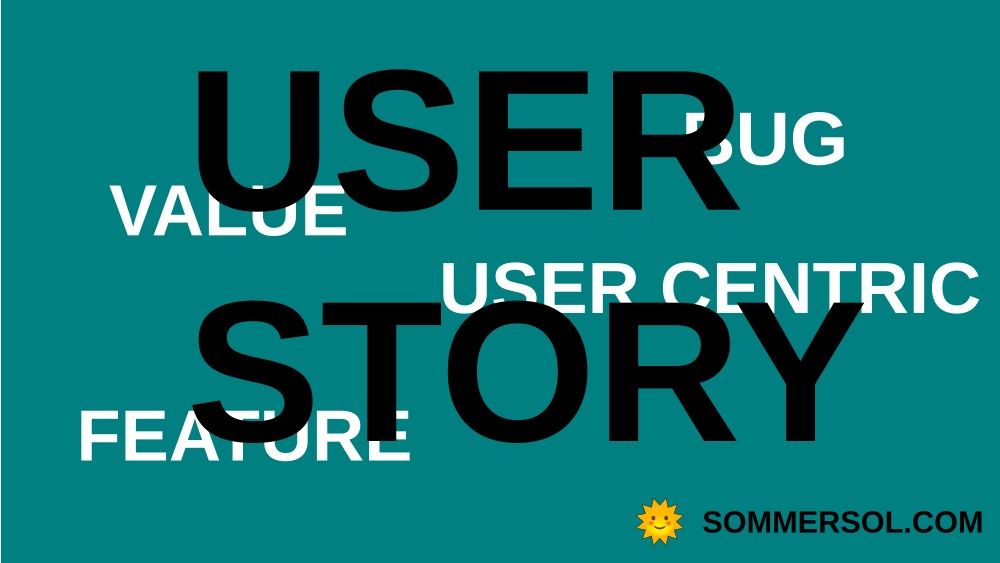
Outcome-Driven Feature Prioritization for Agile Teams | Alfa Sommersol
Learn how focusing on business outcomes instead of features can lead to better decision-making, faster delivery, and more value for your customers.
 .
.
As a seasoned CTO with a deep understanding of agile methodologies and over 25 years of experience, I am constantly exploring innovative ways to enhance team agility. In this article, we will delve into the world of the legendary Navy SEALs and uncover valuable lessons that product teams can learn from their exceptional approach to mission execution and adaptability.
Picture: Navy SEAL divers - https://www.sealswcc.com/
14.06.2023
Alfa Sommersol
The Navy SEALs are renowned special operations forces that excel in the most complex and challenging missions. Since their establishment in 1962, SEALs have continuously evolved to develop an unconventional warfare capability, operating in diverse and unpredictable environments. A SEAL platoon, the primary operational unit, tackles missions with exceptional flexibility and efficiency.
The SEALs' ability to thrive in chaotic and uncertain circumstances provides valuable insights for organizations seeking to enhance their agility. Let's explore key elements of the SEALs' organizational model that can be applied to product development:
To achieve their mission objectives, SEALs rely on self-organization. Each team member possesses diverse skills in diving, parachuting, demolitions, and specialized tactics. This breadth of expertise enables seamless task division, ensuring the team can adapt swiftly when facing unforeseen challenges.
In SEAL platoons, task allocation is a collective effort. The ability to distribute tasks among team members efficiently enhances agility and minimizes dependencies. By fostering a culture of shared responsibility and proactive engagement, organizations can empower teams to allocate tasks dynamically, enabling rapid adaptation to evolving requirements.
The SEALs' motivation to accomplish their missions stems from an intrinsic drive. Similarly, organizations can cultivate an environment that nurtures intrinsic motivation among team members. By aligning individual passions with organizational goals, leaders can foster a sense of purpose and ownership, fueling higher levels of commitment, creativity, and perseverance.
Exception management is crucial in dynamic environments. SEALs exemplify a balance between authoritative and self-selected leadership. Team members exhibit initiative and are empowered to make decisions when necessary, ensuring prompt responses to unforeseen circumstances. Embracing a similar approach within product teams allows for rapid adaptation and effective problem-solving.
The SEALs' organizational model, optimized for flexibility and speed, delivers exceptional results. However, scaling the model poses challenges due to the rigorous selection process and specialized training required. Organizations must carefully consider the resources and training needed to replicate this level of adaptability and performance.
To enhance agility within your organization, consider implementing the following principles inspired by the SEALs:
By embracing these principles and fostering a culture of continuous learning and agility, product teams can achieve remarkable results, just like the Navy SEALs.
In conclusion, the Navy SEALs' exceptional organizational model offers valuable lessons for product teams aspiring to enhance their agility. By fostering self-organization, intrinsic motivation, and effective exception management, organizations can unlock their teams' full potential and achieve outstanding results.
As a seasoned CTO specializing in agile methodologies, I am here to guide and support your organization on its agile journey. Let's harness the lessons from the Navy SEALs and propel your product development to new heights.

Learn how focusing on business outcomes instead of features can lead to better decision-making, faster delivery, and more value for your customers.

Learn how to write user stories and prioritize them effectively in agile development, including templates for feature requests and bug reports.

This guide provides valuable insights and tips for anyone interested in understanding the role of a Scrum Master.